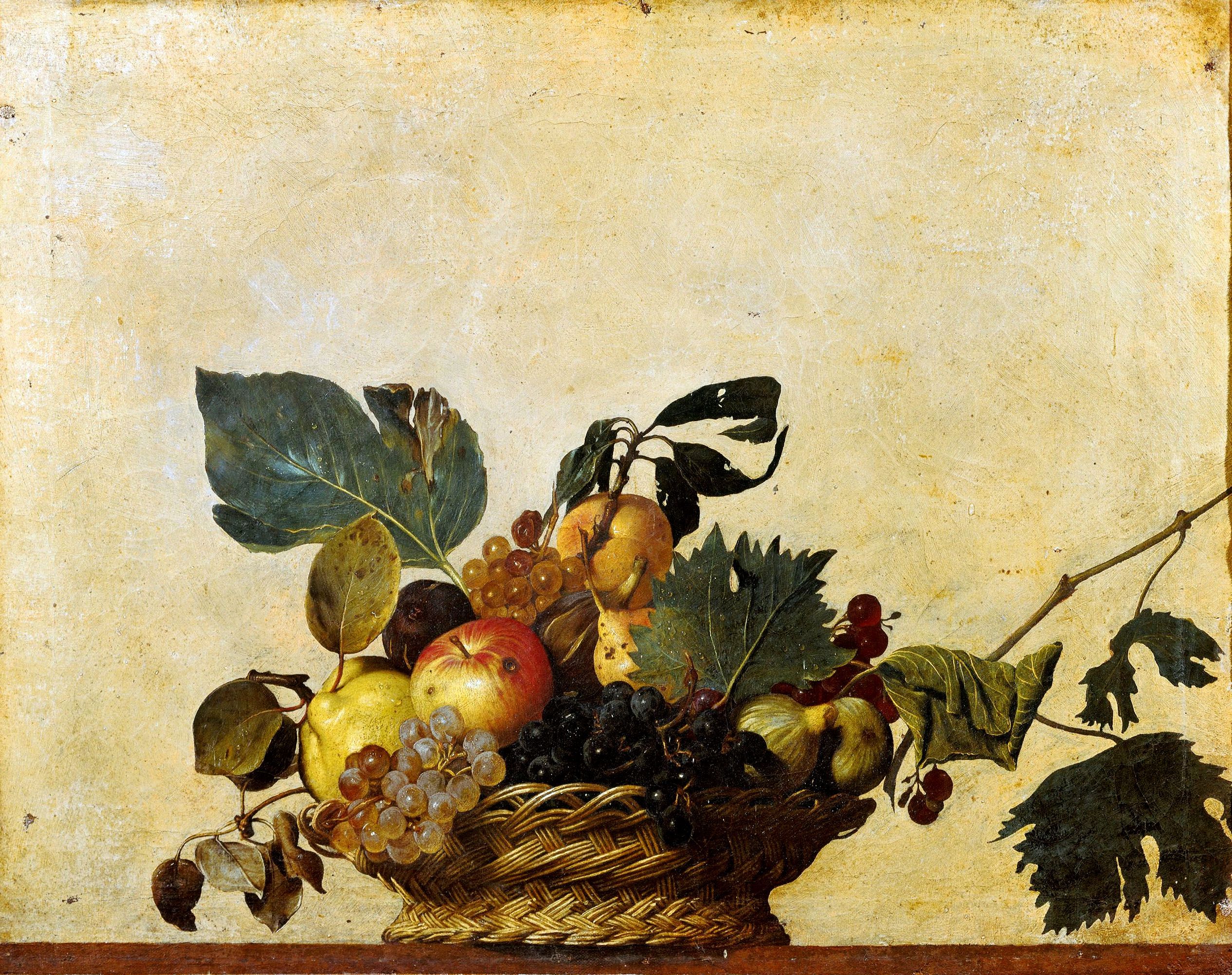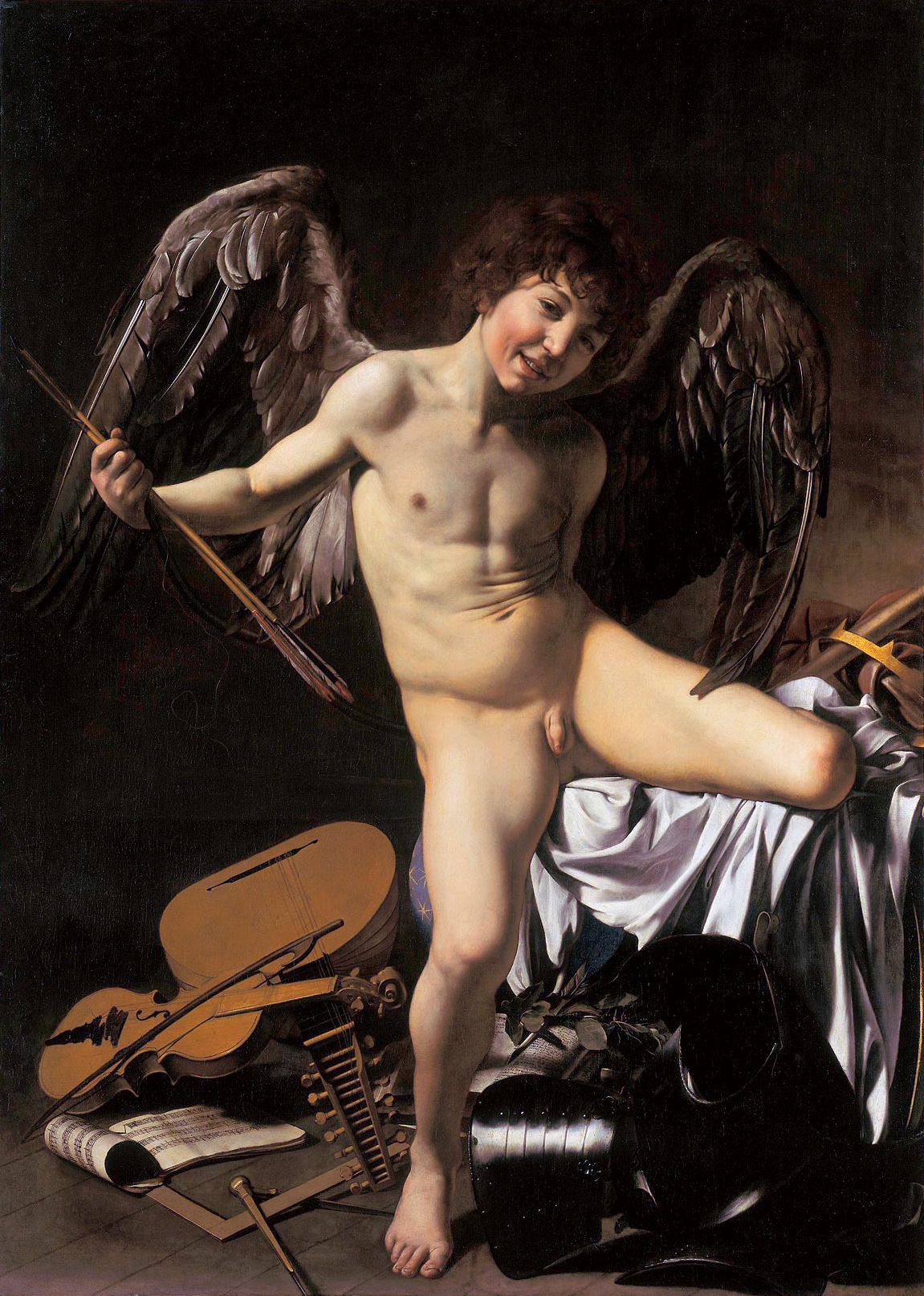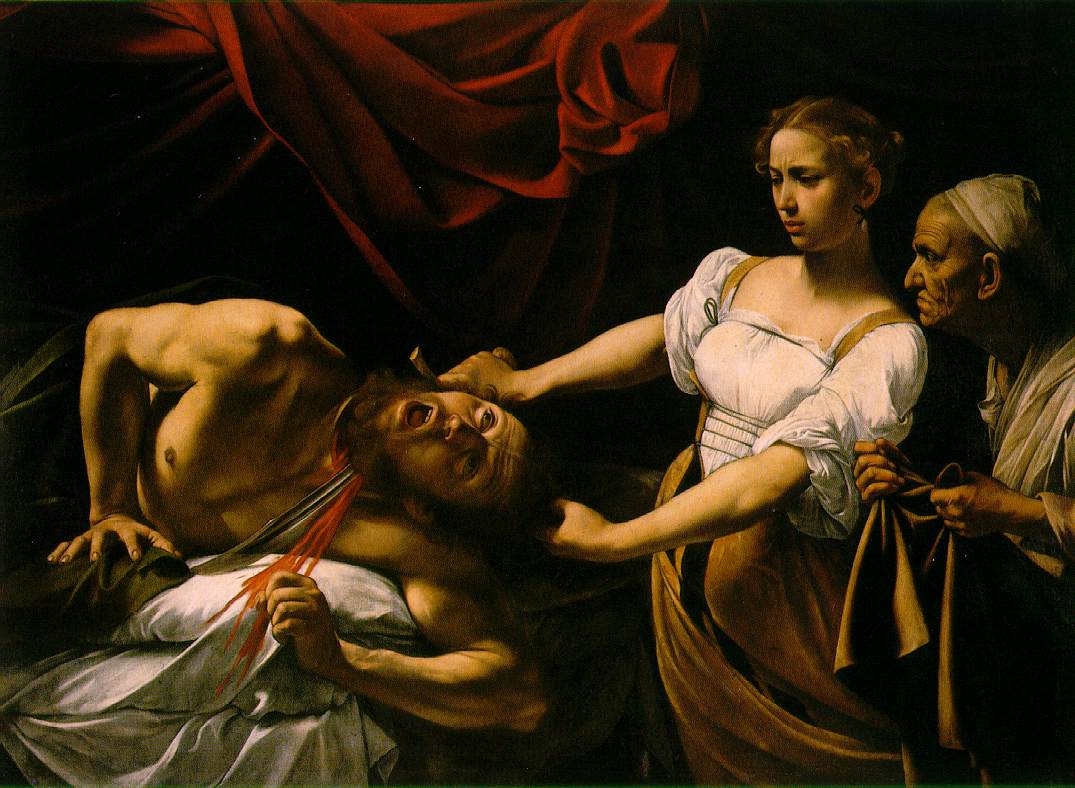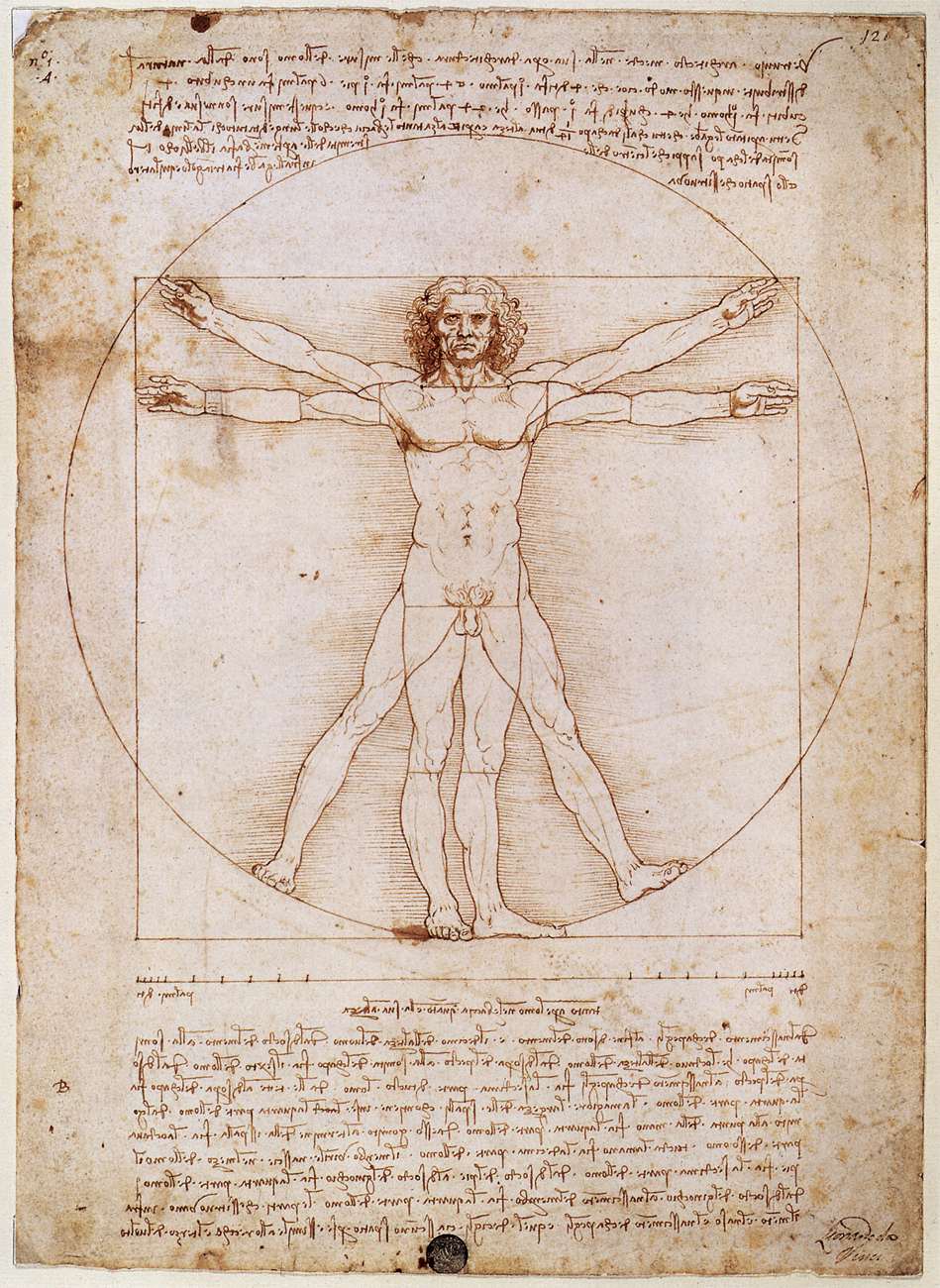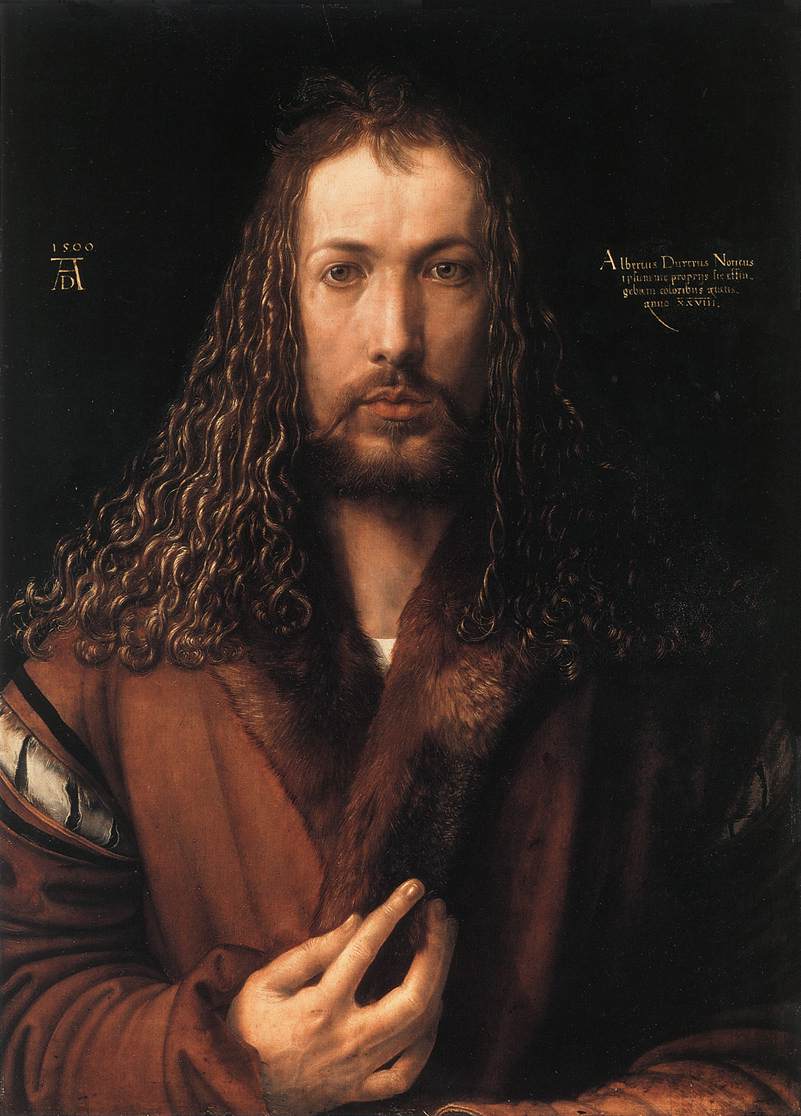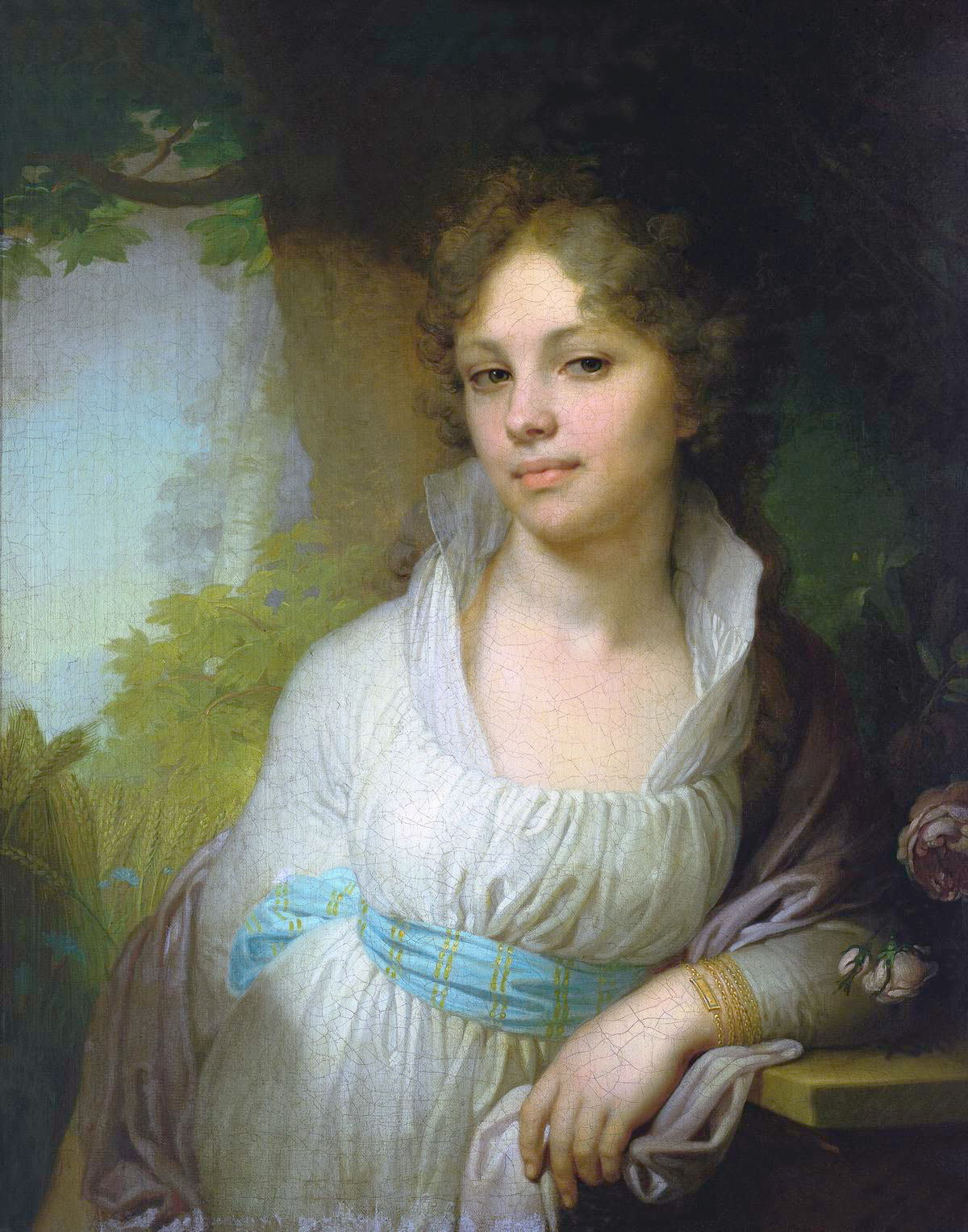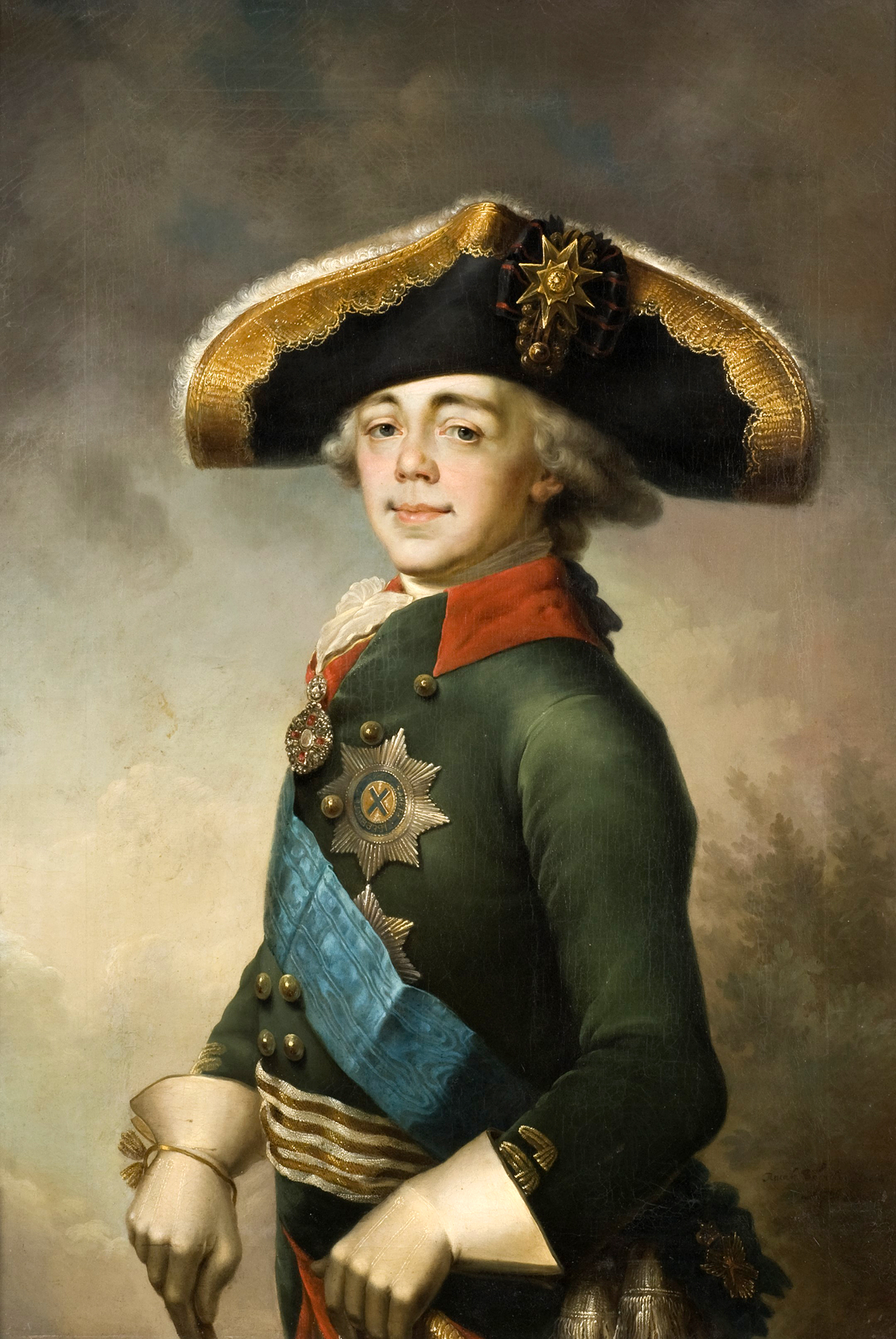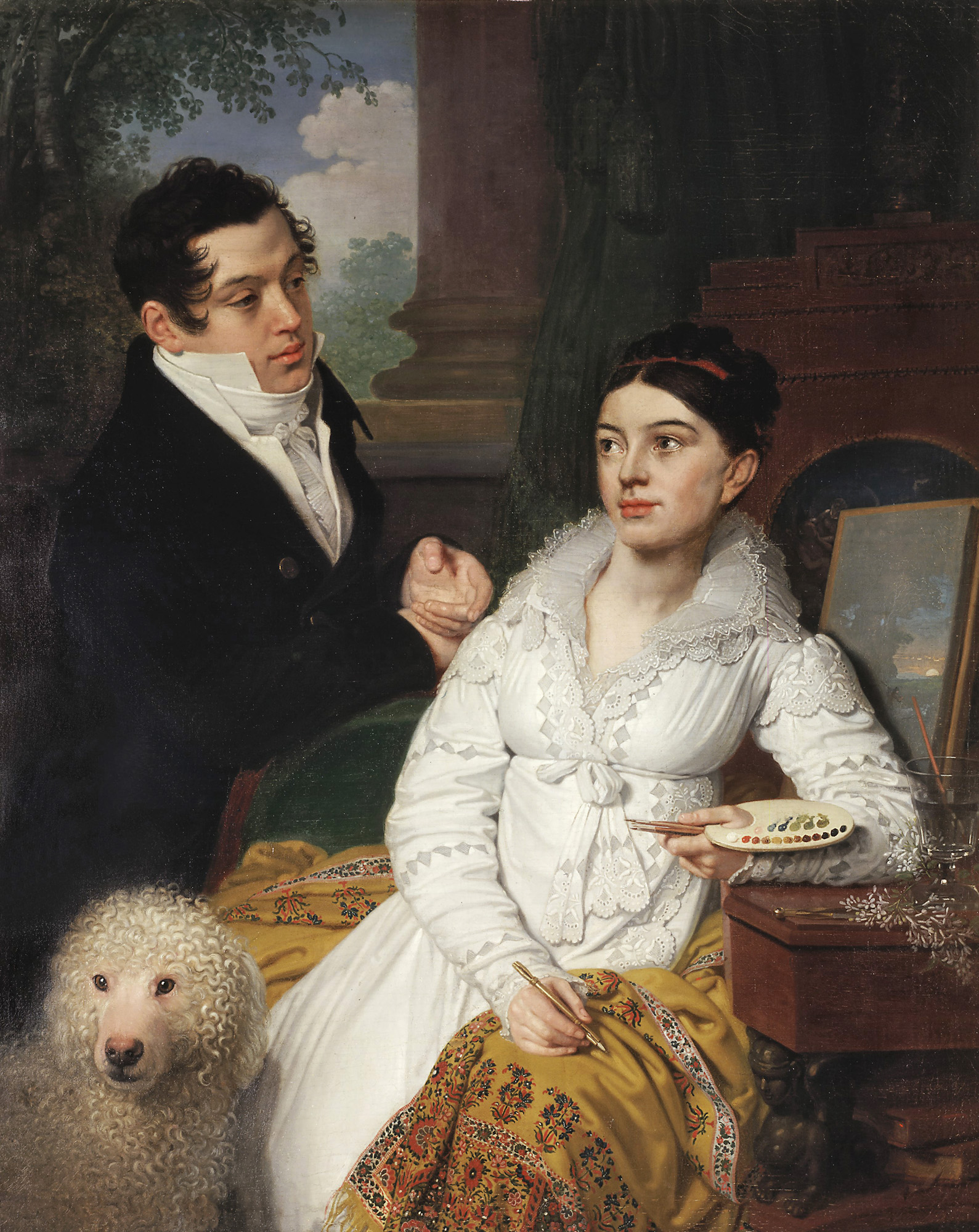 |
| The Wave, oil on canvas, 47.6 × 63.2 in |
 |
| Self-Portrait, oil on canvas, 18.3 × 15.2 in |
William-Adolphe Bouguereau is one of my favorite academic painters. He was born in the first quarter of the 19th century in France and has created, in my opinion, some of the most beautiful works ever. He painted 826 paintings during his career and was considered one of the best painters in the world in his time. The only group of people who disliked his style of painting were Edgar Degas, a French impressionistic artist, and all of his associates. By calling Bouguereau "old school" and his works having “slick and artificial surfaces”, Degas mocked the great painter. Despite the fact some artists of the time weren't appreciating his work, Bouguereau gained some immense fame throughout the world. What I really adore in his work is his treatment of the surface which gives his paintings an enormous amount of realism, yet the subject being depicted are mythological themes - angels, goddesses, nymphs, etc.
Bouguereau's rendering technique is one of a kind giving his paintings almost photographic quality. With his main focus being female bodies, he shows a deep knowledge of human anatomy. Understanding of shadow, lighting, perspective, composition among other skills show up in this incredible painter's work. The various mythological characters depicted, in addition to having that naturalistic look, invite you in to their world. And you can actually believe it can be real which is the strength of Bouguereau's paintings. Currently, I do not think I have seen any other painter who has ever come close to Bouguereau. If I were ever to get posters of artists who inspire and remind me of why I am doing art in the first place, Bouguereau's paintings would clearly be on my top 5 list! (word count - 283)
 |
| Tête d'Etude l'Oiseau, oil on canvas |
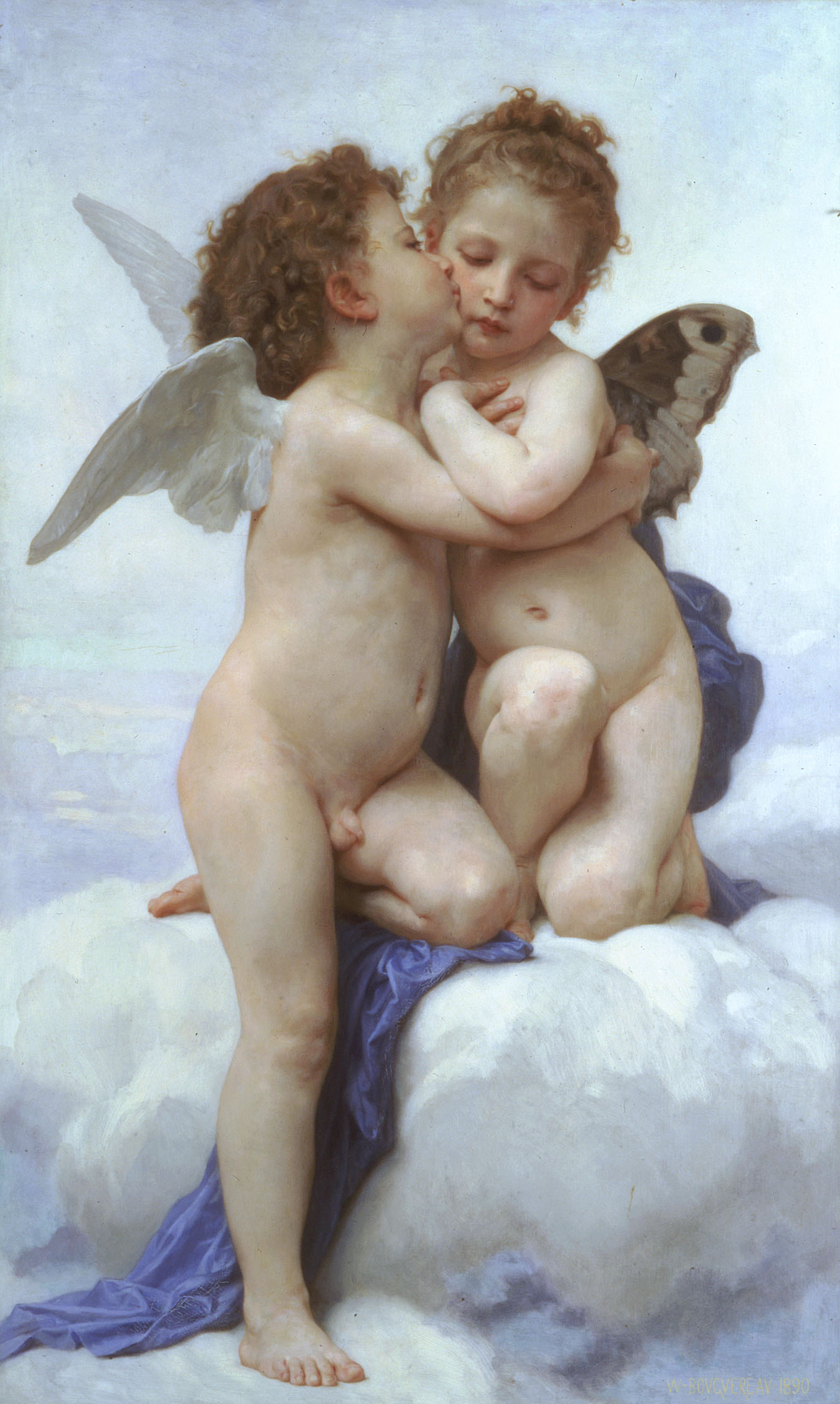 |
| Cupid and Psyche as Children, 47 in × 27 7/8 in |
 |
| The Return of Spring, 79 × 46 in |
